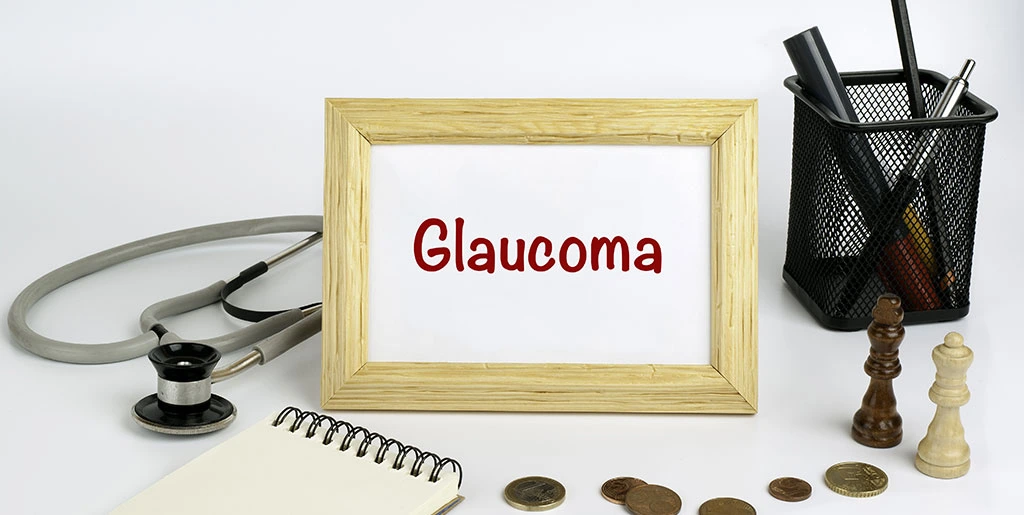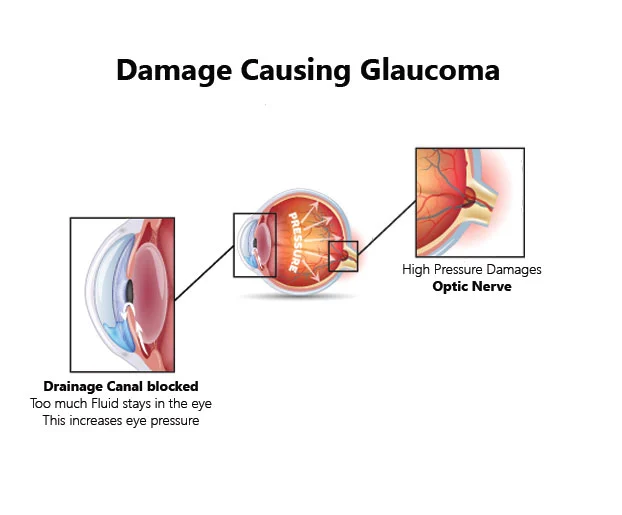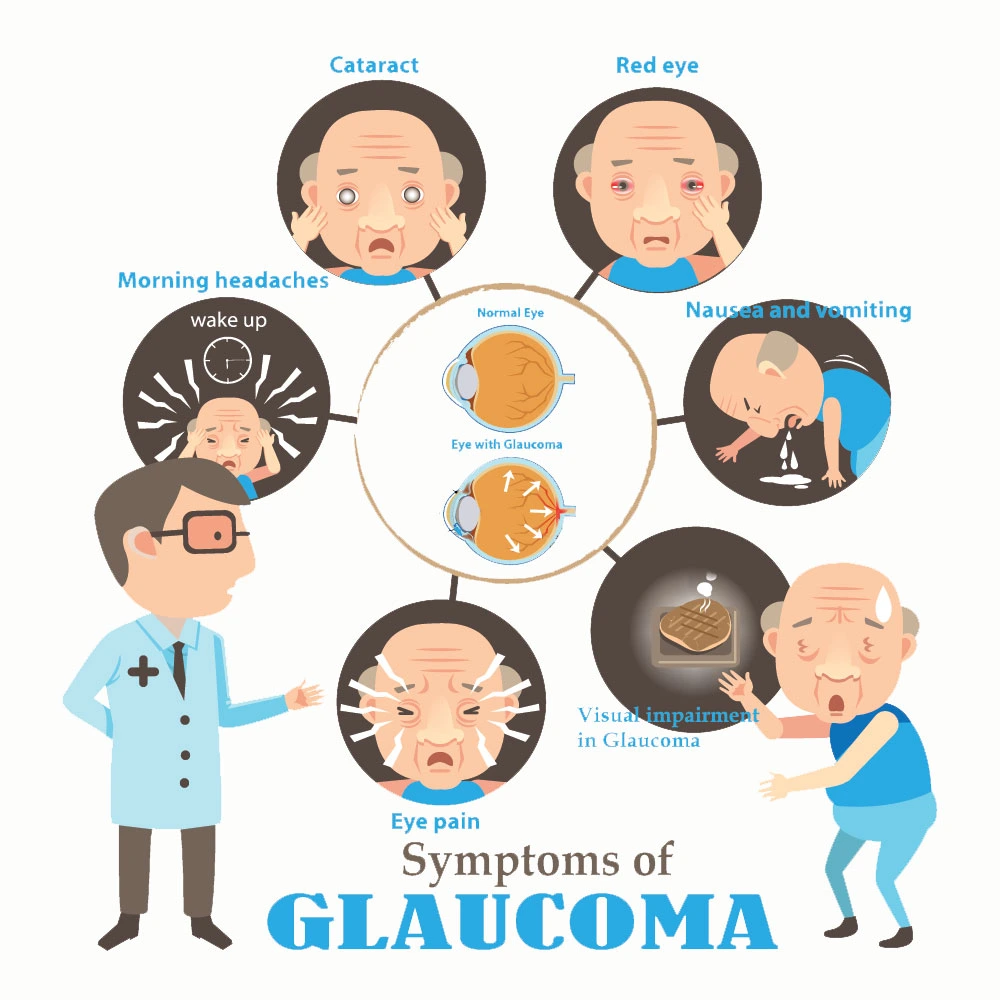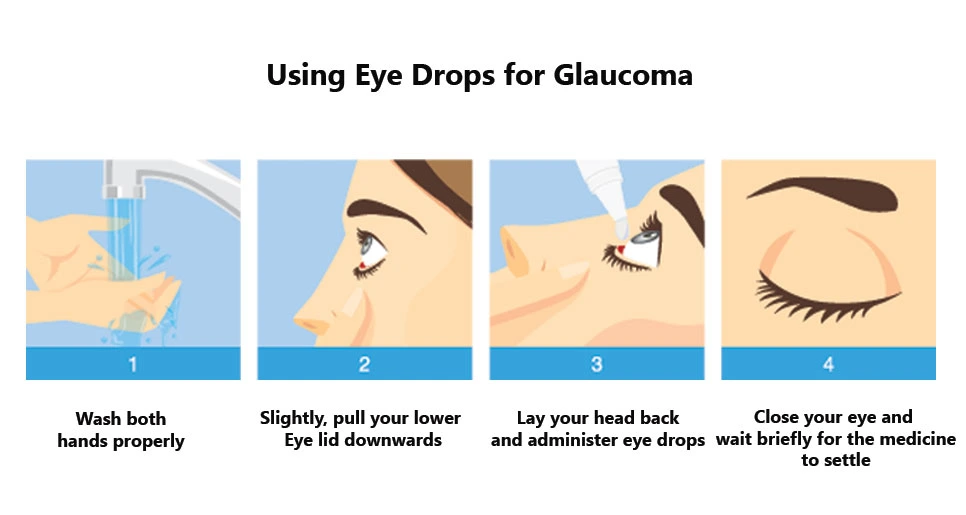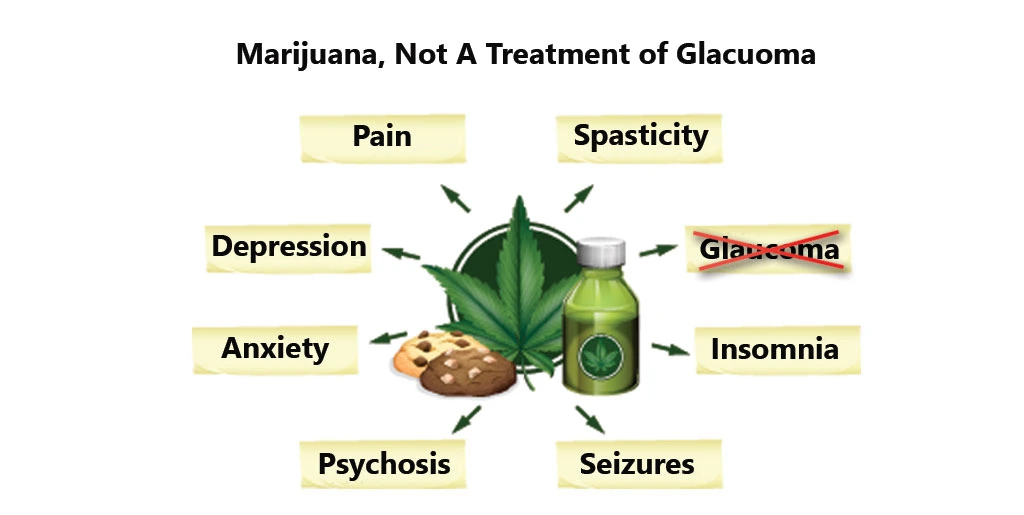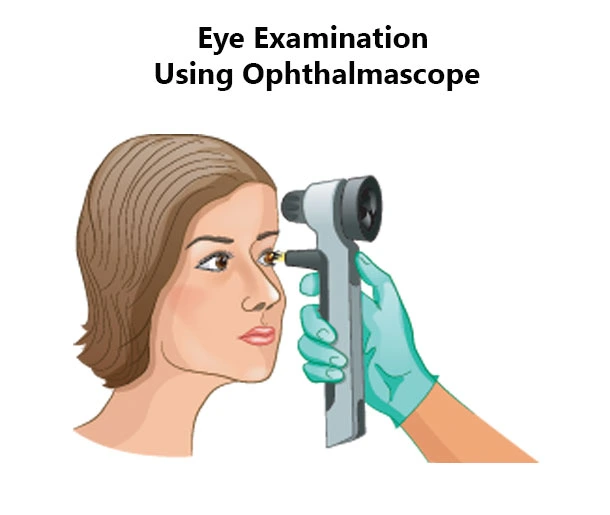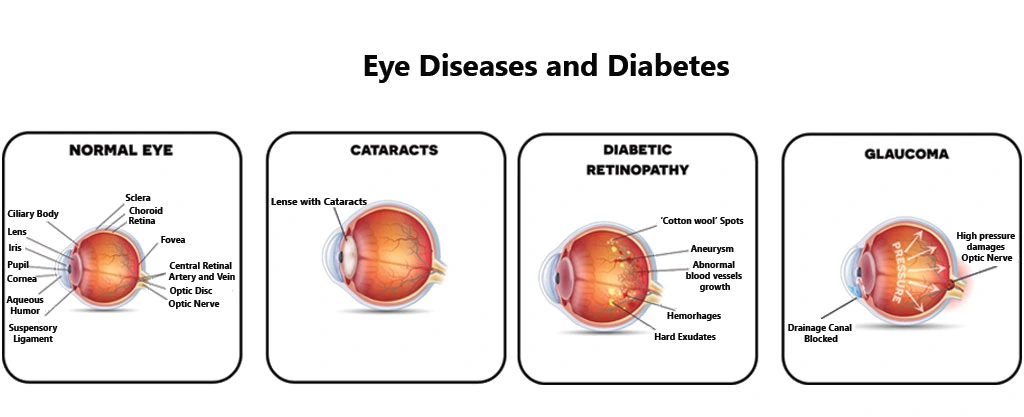Laser Surgery
The doctor will use a laser to burn thorough the blockage and drain the fluid.Laser has further different types as well.
- ALT (Argon laser trabeculoplasty)
This is done for the most common kind of Glaucoma, and works for about 75% of the people. The laser may open the clogs in your eyes to aid in drainage. If need be, the doctor may do it in two settings.
- SLT (Selective laser trabeculoplasty)
In this laser surgery, the doctor will use a highly targeted but low-level laser on the spots where there’s a pressure build up.
- LPI (Laser peripheral iridotomy)
LPI is done when you have narrow-angle Glaucoma. The doctor will know that if the space between your iris and cornea is too small. To counter that, he/she will make a tiny hole in the iris, with the laser, to relieve pressure and drain fluid.
If other laser surgery options don’t work, you may get this surgery. The doctor will beam a laser into a structure inside the eye to relieve the pressure. You might need to get repetitive settings for this surgery, depending on the progress of your Glaucoma.

